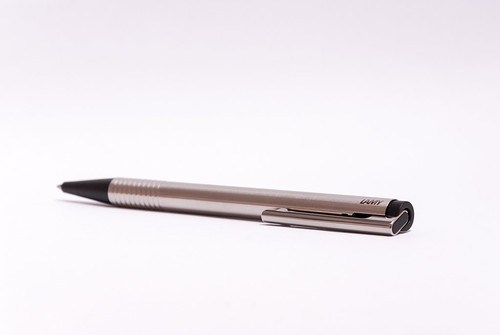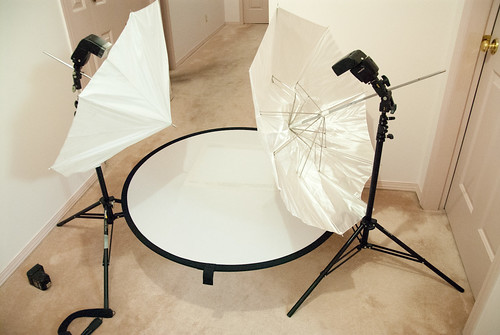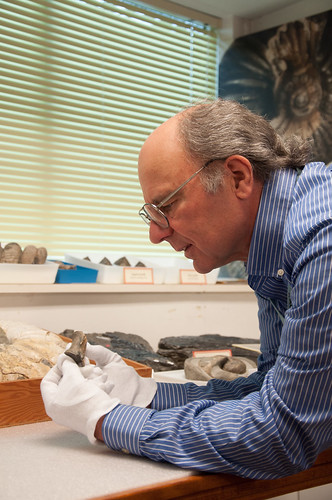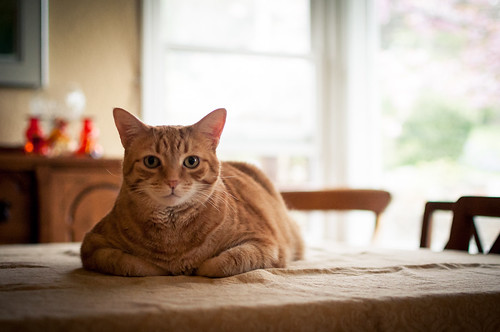Over the past few weeks, I’ve been struggling with the idea of shooting on the street from an ethical standpoint. Let me backtrack. A few weeks ago, I watched a video on Kelby Training called “A Day with Jay Maisel”, where the master color photographer took Scott around New York on a photo walk, dispensing tips and life advice that could only come from years of field and life experience. Jay has built much of his career shooting on the street, and by that I mean candid photographs of strangers in public places. He has a way with people, and it is obvious that he is curious and genuinely interested in the people around him. His style is not too invasive (in comparison with some very aggressive shooters), and he often asks for permission before shooting, even though his gruff exterior and New York roots would suggest that he do otherwise. Sometimes this could be as much as a friendly wave or nod. Other times it is a real conversation.

I decided to “walk like Jay” and carry a single camera with a telephoto lens to a tourist haunt in my home town for an hour or two of people watching. I encountered no resistance, and ended up with a few decent pictures. I noticed quite a few were of young people, either enjoying themselves or deep in thought. There were a few shots of old people as well, relaxing with a bag of Cheezies. Over the years, I’ve become reasonably talented at going unnoticed with a camera, even a large one with a motor drive and a long lens. However, as I picked and flagged inside Lightroom, I started to have doubts about what I did.
There is no denying that being a photographer involves an invasion of space, an intrusion into the life of someone else. It is sort of like observing absolute zero in that the mere act of observation changes the situation enough to render it different than it would have been had the observer not been there. When the subject does not have a reasonable expectation to be photographed, it matters even more. No celebrity expects privacy at a red carpet event where they are meant to be paraded to the adoring masses. However, a street photographer is often invisible, and the reasonable expectation of privacy that you expect in public (yes, even in the era of social media) is being violated in the name of artistic expression.

Of all street photographs, it is those of children that inspire the most emotionally-charged debates around privacy. In fact, a photo of a child that I took stoked my discomfort and inspired this post. “Peeping Toms” and pedophiles are loathed for good reasons, and while a parent might not jump to conclusions so quickly, my presence (if noticed) would certainly arouse suspicion. It is unfortunate as children often make the most interesting subjects. They are not tempered by social conventions and their actions and expressions are genuine in every way, making them ideal subjects. They are also vulnerable, and the horror stories of exploited children and perverted adults are not easily forgotten in this day and age. Many of us have been trained to be distrustful of others, and to assume that they have ulterior motives as a means of protection. I know I have.

I understand how unsettling it can be when someone like me, a private citizen, finds a picture of myself online shot by a stranger. Imagine seeing a photo of your child online while she was at play. Some parents would be interested or amused. Many others, in this paranoid child-proof world, would be upset. Some years ago, I was asked by a woman if I would pose for her after playing a concert. The adults responsible for me at the time found it creepy, as did I. I immediately thought that she had an ulterior motive of some kind. The mere thought that a potential subject might think that I meant harm as a photographer is extremely frightening to me.
One thing I have not addressed is consent. If I asked the parent of child I thought was visually arresting if I had their permission to document her and post the results for the world to see, I would have no qualms doing so. If it was good, I’d hype it and post a link as soon as possible. However, this is often not possible, as awareness can alter a scene irreversibly. In addition, I find myself uncomfortable and unable to approach those I do not know. It simply is not in my nature to do so. Whatever my private discomforts are about taking a stranger’s photo, it would beat the public embarrassment of potentially being thought of as a creep. The lady at the concert asked for permission, didn’t get it, and will be forever remembered by me as kind of creepy. I don’t know if I could handle that. I feel guilty thinking of her this way, but I can’t help it. Maybe it was the tone of her voice, or some sort of preconceived notion (for I know nothing about her) that aroused my suspicions. I guess I’ll never know if the concern was warranted.
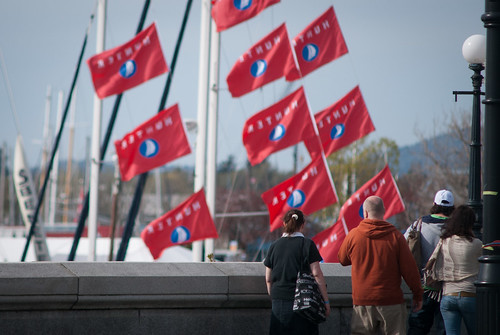
I’ve often skirted around this issue by shooting people’s backs while “on the street”. Somehow, a shot of the back of someone’s head doesn’t invade their privacy so much, while a likeness does. The subject could be anyone, and the added anonymity gives me comfort. However, this tactic can’t be used all the time. Besides, “the eyes are the window to the soul”, and it is no surprise that the greatest portraits of people usually show their faces. That insight into the emotions of the subject, the act of exposing one’s self for the world to see, provides endless fascination for me and for anyone who appreciates a candid photograph of any sort.
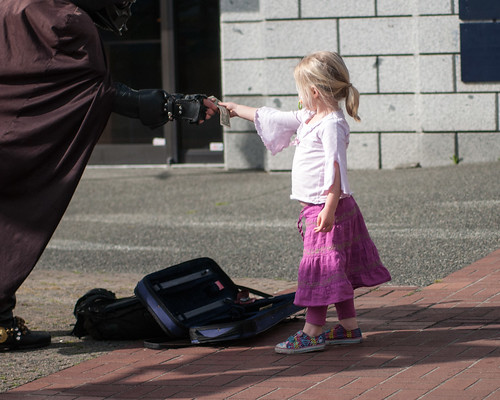
Perhaps I feel discomfort because I know I have not given anything back to my anonymous subjects. I feel selfish not telling them and not sharing a positive experience that hinges on their actions. Sometimes having your photo taken by a stranger could be the highlight of their day. Jay’s subjects seem to feel that way. Would sharing the joy that I feel with those I photograph rid me of this discomfort? Is ridding myself of this discomfort worth risking rejection and potential anger, however misplaced? I guess it wouldn’t hurt to try. If I want to progress as a shooter, I’ll definitely have to get over those fears. If I can do that by the end of the summer and nothing else, I will have succeeded beyond my wildest dreams. I welcome any comments and thoughts on this. I think it is a discussion worth having.

